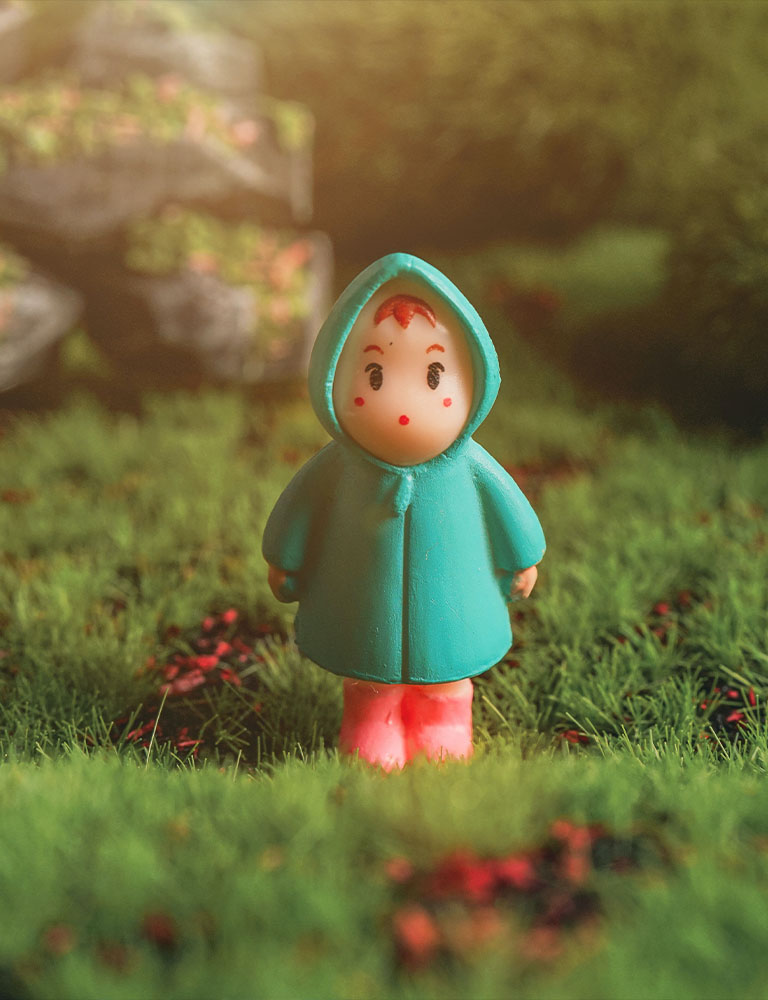Introduction
Animation is a powerful medium that can bring characters to life and captivate audiences. However, animating characters that look and move realistically can be a challenging task. In this article, we’ll explore 10 animation techniques that can help bring your characters to life, particularly in the context of animation production by our studio, Brookside Media, in Malawi.
Whether it’s observing real-life movements, exaggerating movements, understanding weight, or creating emotions, animators must consider a variety of factors (The principles of animation) to make their characters feel realistic and engaging.
Observing Real Life
One of the best ways to bring characters to life is to observe real-life movements and gestures. Animators can study human behavior and translate those movements into their animation, making their characters move and behave in a more realistic and relatable way.
Exaggerating Movements
While observing real life is essential, sometimes animators need to exaggerate certain movements to make them more impactful. This can include exaggerating facial expressions, body language, and actions, helping to convey emotions and actions more clearly.
Understanding Weight
Understanding weight is crucial to creating believable animations. Animators must consider how weight affects the character’s movements, such as the way a character walks, jumps, or falls. By incorporating weight into animations, characters feel more grounded and realistic.
Anticipation
Anticipation is a technique used to make animations feel more natural and fluid. It involves adding a subtle movement before a character makes a big movement, such as leaning back before jumping. This helps to create a more realistic and believable movement.
Follow Through and Overlapping Action
Follow-through and overlapping action refer to the movements that occur after the main action is complete. For example, after a character stops running, their hair and clothes continue to move. These techniques help to make the animation feel more fluid and natural.
Squash and Stretch
Squash and stretch is a technique used to make animations feel more dynamic and lively. It involves exaggerating the movements of a character’s body or facial features, such as a character’s face squishing when they are hit in the face with a ball.
Our expertise in animation techniques can help you create characters that truly come to life and captivate your audience.

Timing
Timing is a crucial element in animation. It refers to the amount of time it takes for an action to occur. Animators must carefully consider timing to make sure the movements feel natural and fluid.
Staging
Staging is the process of arranging elements within a scene to communicate a clear message to the audience. It involves considering camera angles, lighting, and composition to highlight the most important elements in a scene.
Emotion
Creating emotions in characters is crucial to bringing them to life. Animators must carefully consider facial expressions, body language, and movements to convey the appropriate emotion to the audience.
Collaboration
Finally, collaboration is essential in animation production. A team of animators, storyboard artists, and voice actors must work together to bring characters to life. Collaboration helps to ensure that the characters are believable and consistent throughout the animation.
Final Thoughts
In conclusion, bringing characters to life is a complex process that involves a variety of animation techniques.
If you’re looking for animation production services in Malawi that prioritize character animation, consider working with Brookside Media. Contact us today.
